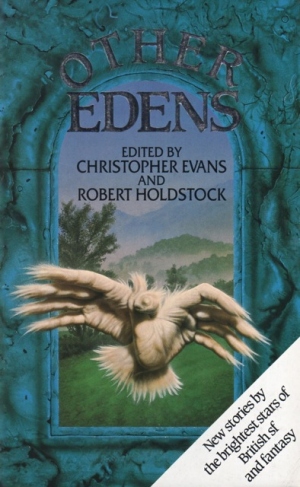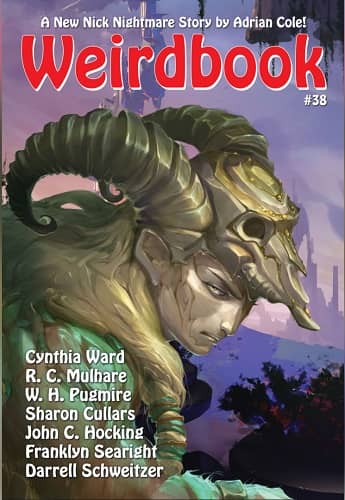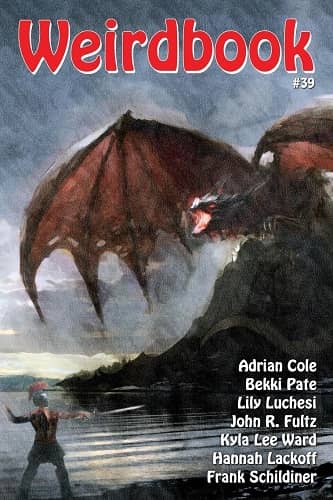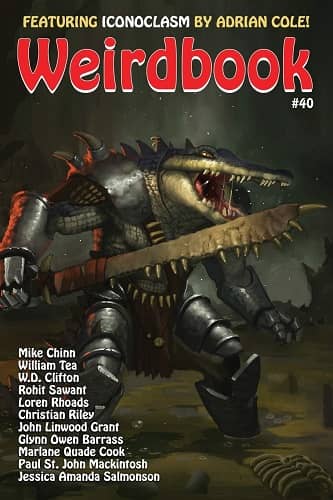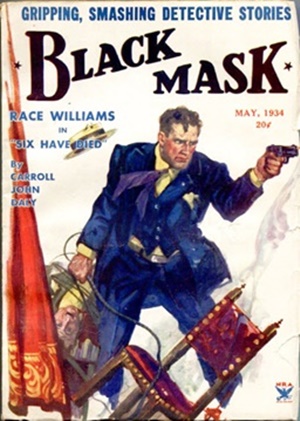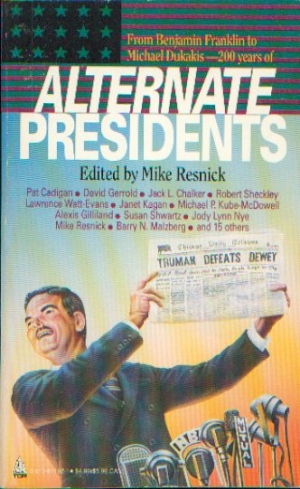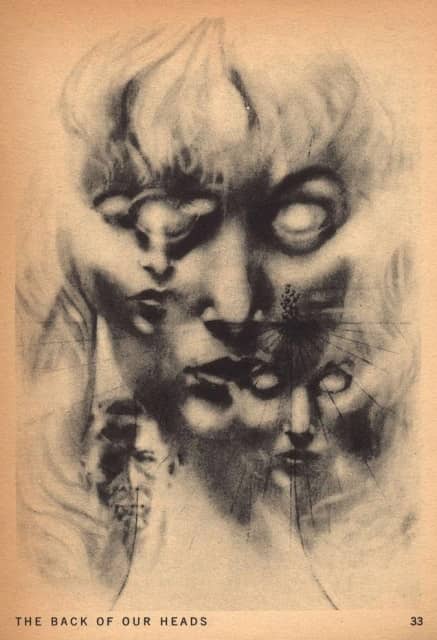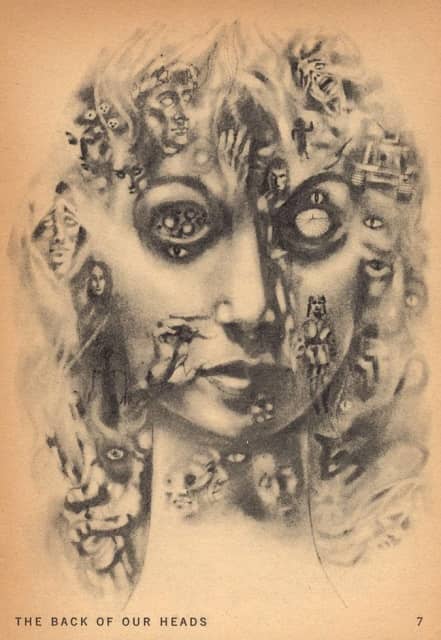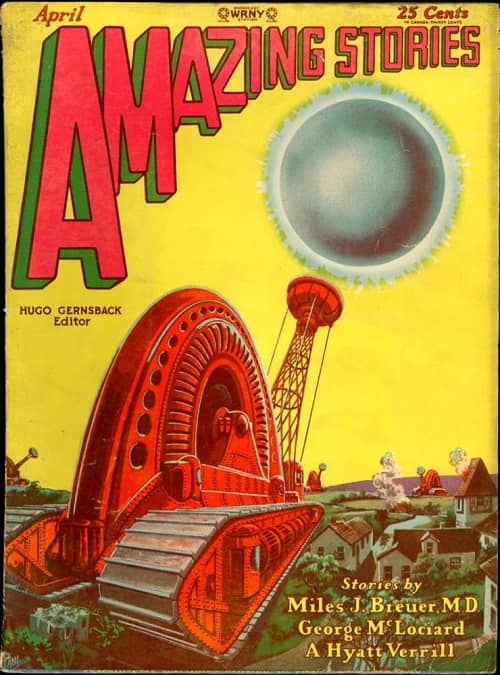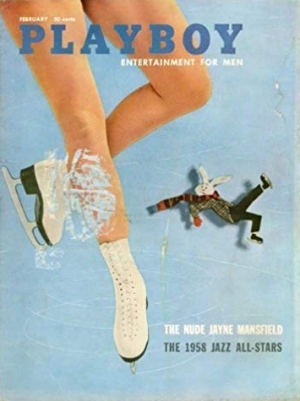New Treasures: Creatures of Want and Ruin by Molly Tanzer
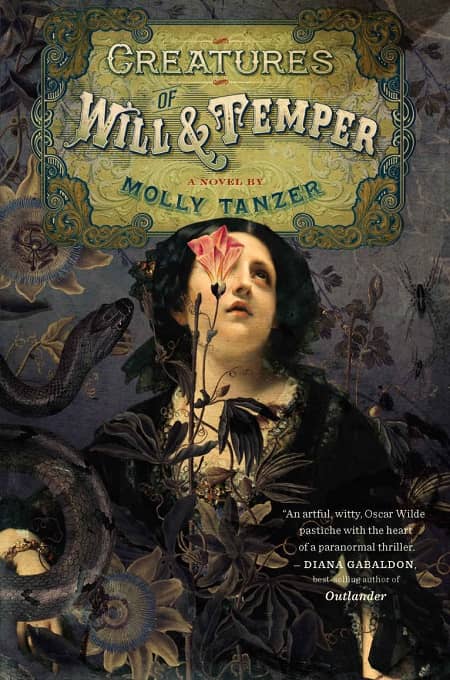 |
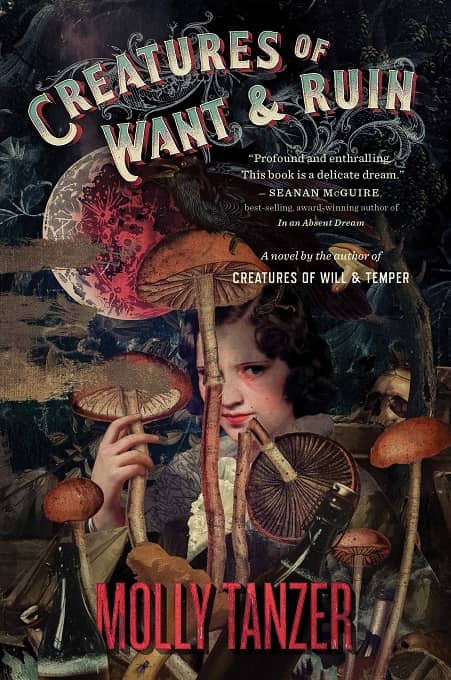 |
When Molly Tanzer’s novel Creatures of Will and Temper was published last year, I confidently predicted that it would be huge.
Molly Tanzer’s Creatures of Will and Temper looks like a breakout book. It’s got all the classic elements — fabulous setting, swordplay, and the supernatural — while also being totally original. And there’s no doubt in my mind that Molly is poised for a break-out. Her first novel Vermilion received rave reviews (“A splendid page-turner of a Weird West adventure… hugely entertaining” — Publishers Weekly), and her most recent book was the anthology Swords vs Cthulhu, co-edited with Jesse Bullington. How cool is that?
I’m pleased to see that the book was very warmly received — it was nominated for the Locus Award for Best Fantasy Novel, and critics praised it widely. Jeff VanderMeer said it was “A delightful, dark, and entertaining romp,” and Outlander author Diana Gabaldon called it “An artful, witty, Oscar Wilde pastiche with the heart of a paranormal thriller.”
Molly’s follow up, Creatures of Want & Ruin, arrived from John Joseph Adams Books last month, and was selected as a Barnes & Noble Best Science Fiction Fantasy Book of November 2018. Tor.com‘s Liz Bourke calls it “A measured, atmospheric novel, with compelling characters and a deeply disturbing undercurrent of horror,” and the B&N Sci-Fi Blog says “Molly Tanzer does it all; from her debut novel, named best book of 2015 by i09, to the “thoughtful erotica” she edits at her magazine, Congress, she’s proven to be one of the most distinct voices in contemporary SFF.”
